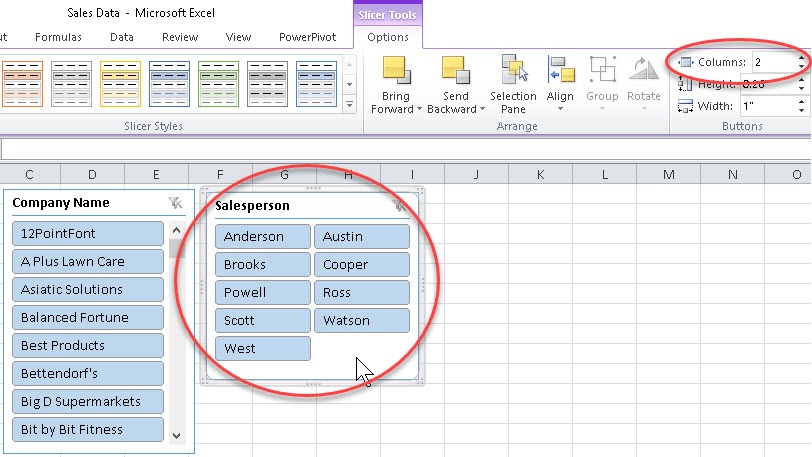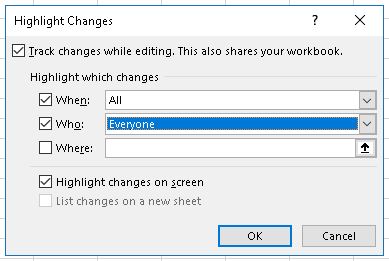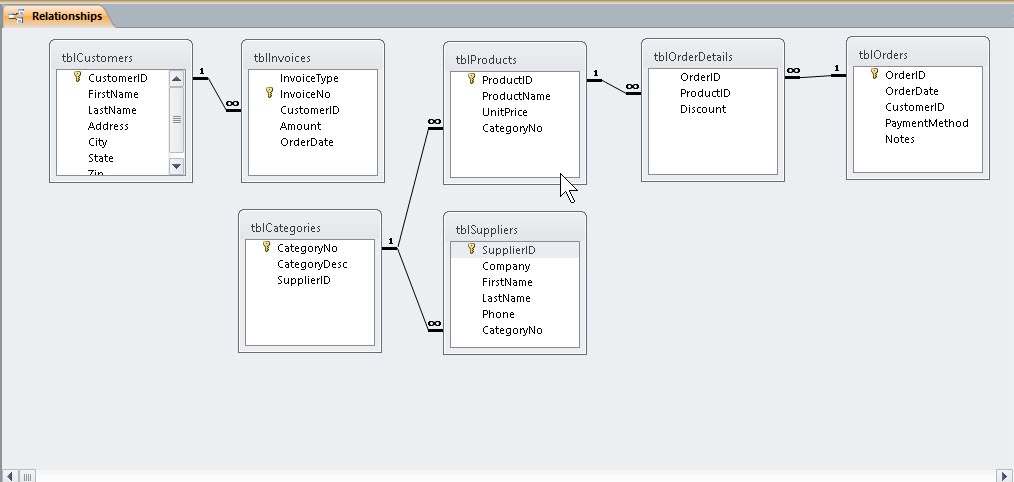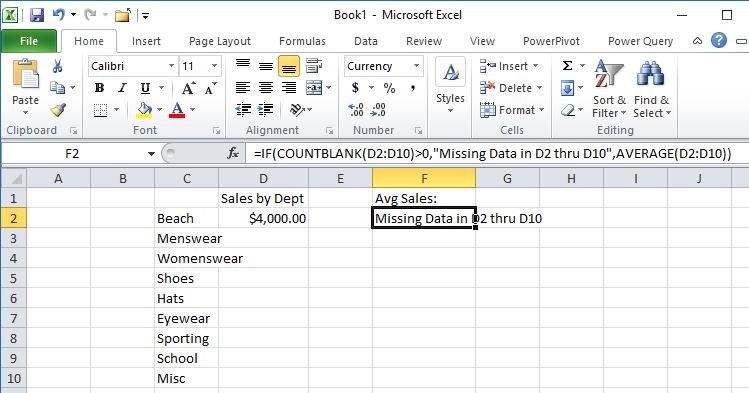Microsoft Excel
How to Use VLOOKUP and MATCH in Excel
In this Excel tutorial, SkillForge Instructor Seth B. shows how to use the VLOOKUP and MATCH functions together in Excel to lookup data. You’ll also see how to use the Evaluate Formula function in Excel, which can help you understand how a particular formula is …
Introduction to Excel PowerPivot Webinar
In this free Excel PowerPivot webinar, Excel Instructor Seth Bonder explains how to add PowerPivot functionality into Excel, how to create a data model and much more. To learn more about PowerPivot, or to enroll in one of our PowerPivot classes, please visit our Excel …
Microsoft Excel Keyboard Shortcuts
SkillForge SkillSheet Microsoft Excel 2010/13/16 Keyboard Shortcuts Click here to download the PDF version. Frequently Used Shortcuts In order to… Press Close a spreadsheet Ctrl+W Open a spreadsheet Ctrl+O Save a spreadsheet Ctrl+S Copy Ctrl+C Paste Ctrl+V Undo Ctrl+Z Remove cell contents Delete key Choose …
Slicers in Excel PivotTables
When Excel 2007 was introduced, the PivotTable Field List included a “Filter” area, where one could drop a field to use as a filter (for example, year, brand name, size, etc. from a block of sales data). If the user filtered for one year, or …
Track Changes in Microsoft Excel–Essentials
One of my wife’s colleagues recently asked about whether it’s possible to track changes in an Excel spreadsheet. It certainly is, though it works a little differently than in Word, say. Turning the feature on in Excel is quite easy–simply go to the Review tab …
Access vs Excel—Which should we use for what?
Judging Access vs Excel can take thought. Most people find Microsoft Excel fairly easy to learn—it has a fairly gentle learning curve, the fundamentals only take a short time to pick up, and the program is actually fairly versatile—it’s not just a ledger book on …
How to Use COUNTBLANK in Excel
Some of the Excel functions, such as IF, come into play all the time, even outside business. They’re versatile and can do a lot. But others seem a little abstruse, or out in left field. One question I occasionally get from business people in Excel …
Adding Power View to the Excel Ribbon
In recent years Microsoft has included several add-ins to boost Excels usage in the world of Business Intelligence. They include Power Map, Power Query, Power Pivot, and our topic of discussion today, Power View for Excel 2013. Each of these ship with the Professional Edition …
How to Import Excel Data into Microsoft Access
How to Import Excel Data into Microsoft AccessWatch this video on YouTube In this Microsoft Access tutorial, you’ll learn how to import data from a Microsoft Excel worksheet and create a table from it in an Microsoft Access database. To learn more about Microsoft Access, …






